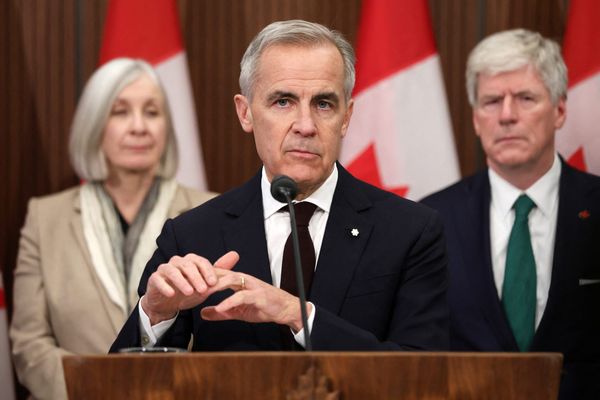
Upper-middle-class Americans fall into a gray zone between financial comfort and extreme wealth. They don’t necessarily have to worry too much about money — but they can’t afford to be reckless with it, either.
Read More: Key Signs Your Credit Card Is Quietly Wrecking Your Finances
Find Out: 9 Low-Effort Ways To Make Passive Income (You Can Start This Week)
The definition of “upper-middle class” varies depending on who you ask, but there are some general guidelines. As Yahoo Finance reported, the Census Bureau provided these financial metrics to define the upper-middle class in 2022:
- Median annual income: $94,001-$153,000
- Median net worth: $269,100
For individuals who fall into those wealth categories, here are five ways to take control of your finances in 2026.
Move Part of Your Savings Into Treasuries
Upper-middle-class households often “sit on large cash reserves” in traditional bank accounts that pay less than 1% interest, according to Chad Cummings, an attorney and CPA at Cummings & Cummings Law.
“This is dead money,” said Cummings. He recommends reallocating excess cash from savings accounts into short-term T-Bills or Treasury ETFs that yield 4% or more.
“With interest rates still elevated but trending downward, short-term Treasuries provide safety, liquidity and better yield,” said Cummings.
Discover Next: I’m a Financial Advisor: My Wealthiest Clients All Do These 3 Things
Refine Your Tax Strategy
One of the main challenges of reaching the upper-middle class is managing your tax burden. Because your income is higher than average, your taxes will be higher as well. At the same time, you might not qualify for tax breaks granted to people who earn a lot more or a lot less.
Most upper-middle-class earners will fall into the 24% tax bracket in 2026, according to the Tax Foundation. The standard deduction will increase by $350 for single filers and by $700 for joint filers compared with 2025.
As a high earner, your options are limited in terms of reducing taxes on your salary. But you do have control in other ways. Here are a couple of recommendations from Plancorp, a St. Louis-based financial services and wealth management firm:
- Strategically align your deductions (such as charitable donations) to offset high income.
- Make sure your withholdings are set up appropriately to avoid underpaying and facing penalties and interest.
Maximize Retirement Savings
Beginning in 2026, individuals who earn more than $145,000 from a single employer will no longer be able to make pre-tax 401(k) catch-up contributions, Cummings noted.
“This effectively raises current-year taxable income for upper-middle-class savers, limits tax deferral, and may even block catch-up contributions entirely if a plan lacks a Roth feature,” he said.
He recommends that high earners accelerate their pre-tax catch-up contributions in 2025. It’s also a good idea to max out your 401(k) or 403(b) plans.
Consider Taxable Investment Accounts
Once you’ve maxed out your 401(k) or 403(b), you should also consider contributing to a taxable brokerage account. Although you’ll be contributing after-tax dollars, taxable accounts offer the following advantages, according to Plancorp:
- You don’t have to wait until you’re 59 ½ to withdraw your money penalty-free, which can help fund an early retirement.
- Realized gains on appreciated investments within taxable accounts are taxed at the capital gains rate, which is much lower than the ordinary income tax rate when you hold investments for more than a year.
Reduce Your Large-Cap Tech Position
Another strategy Cummings recommends for upper-middle-class investors is to shift your equity exposure away from large-cap tech and into domestic small-cap value ETFs.
“The tailwind for mega-cap tech stocks has already been priced in,” he said. “Labor supply disruptions and H-1B visa reforms will suppress earnings in sectors dependent on skilled foreign labor. Small-cap value funds remain underpriced — particularly those focused on domestic manufacturing, logistics and industrials.”
More From GOBankingRates
- 5 Luxury SUVs That Will Have Massive Price Drops in Fall 2025
- I Help People Retire Every Day -- Here's the Most Common Retirement Mistake People Make
- 6 Clever Ways to Pocket an Extra $1K This Month
- 6 Safe Accounts Proven to Grow Your Money Up to 13x Faster
This article originally appeared on GOBankingRates.com: 5 Ways the Upper-Middle Class Can Take Control of Their Finances in 2026







